Nature’s solutions to climate change: Part 3 - wetlands
As 2023 is declared the warmest year on record and Australia endured another summer of extreme weather, scientists share some of nature’s solutions to mitigating the effects of an increasingly warmer climate in this four-part series.
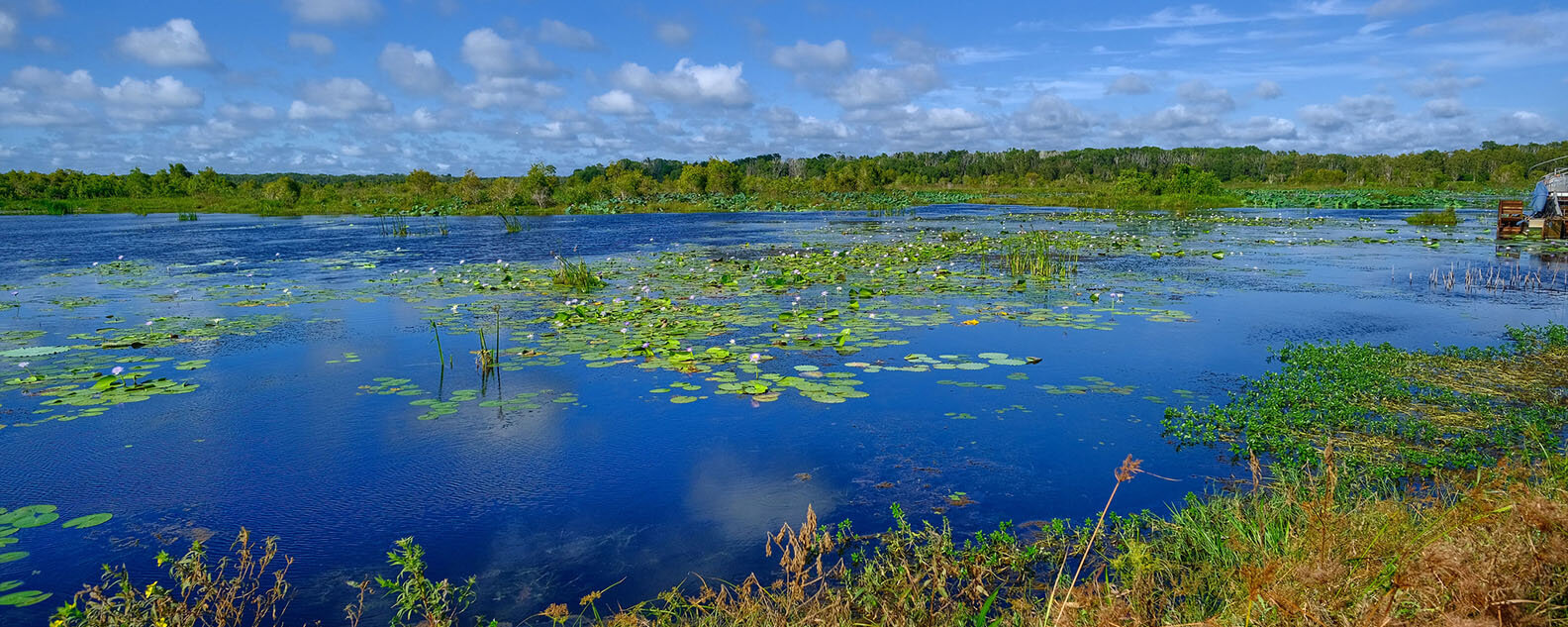
Wetlands and blue carbon
The third story in our three-part series has been adapted from a 2023 National Science Week presentation at the Royal Botanic Garden Sydney by Professor Neil Saintilan. Professor Saintilan has been studying the effects of increased sea levels on wetland environments.
When we talk about wetlands, we must speak about blue carbon.
Like the algae in our oceans, wetlands are an incredible tool for taking up blue carbon – in fact, they are ten times more effective at taking carbon dioxide out of the atmosphere than tropical rainforests.
That means that those smelly mangroves that you may have visited in high school, tidal marshes you see in rivers and sea grasses embedded on the ocean floor, are all extremely efficient at absorbing carbon dioxide and storing it for very long periods of time.
Unfortunately, we have been destroying these ecosystems for a long time as development and clearing take place across the planet.
If we can restore them, they can help us in the fight against climate change.
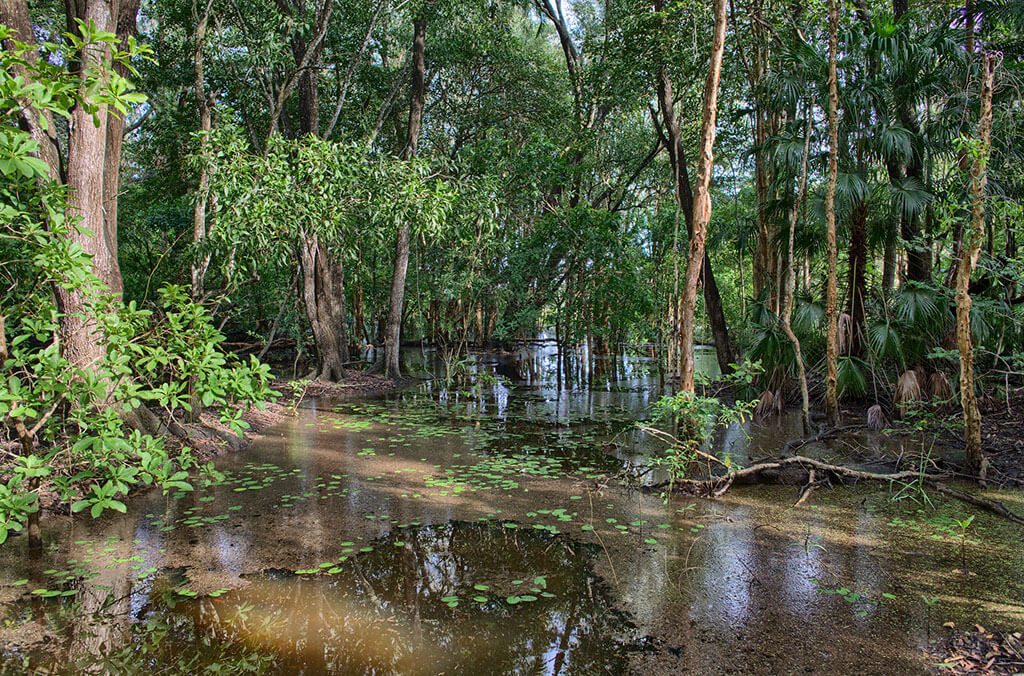
Wetlands are highly efficient at absorbing carbon dioxide and storing it for very long periods of time. Flickr: Geoff Whalan
Wetlands pack a punch
So why are wetlands such heavyweights when it comes to taking in carbon?
The answer lies within their soils, which are saturated with saline.
"We often see in the northern hemisphere marshes, ancient objects and even bodies are sometimes excavated from them and look perfectly embalmed. They are preserving environments, and they're productive," said Professor Neil Saintilan.
"In the dense environments of a marsh and mangrove, the levels of carbon in the soil will expand over time. While these areas emit low amounts of the carbon dioxide and very small amounts of methane, they are overwhelmingly a greenhouse gas sink."
In saline soils, microbes in the soil eat the methane before it can rise to the surface, and the plants take up carbon dioxide from the atmosphere storing it in the saturated soils, where organic carbon is protected from the decomposing effects of oxygen. Because the methane doesn't get to the surface, there's far more carbon dioxide coming down into the soil than is being released into the atmosphere.
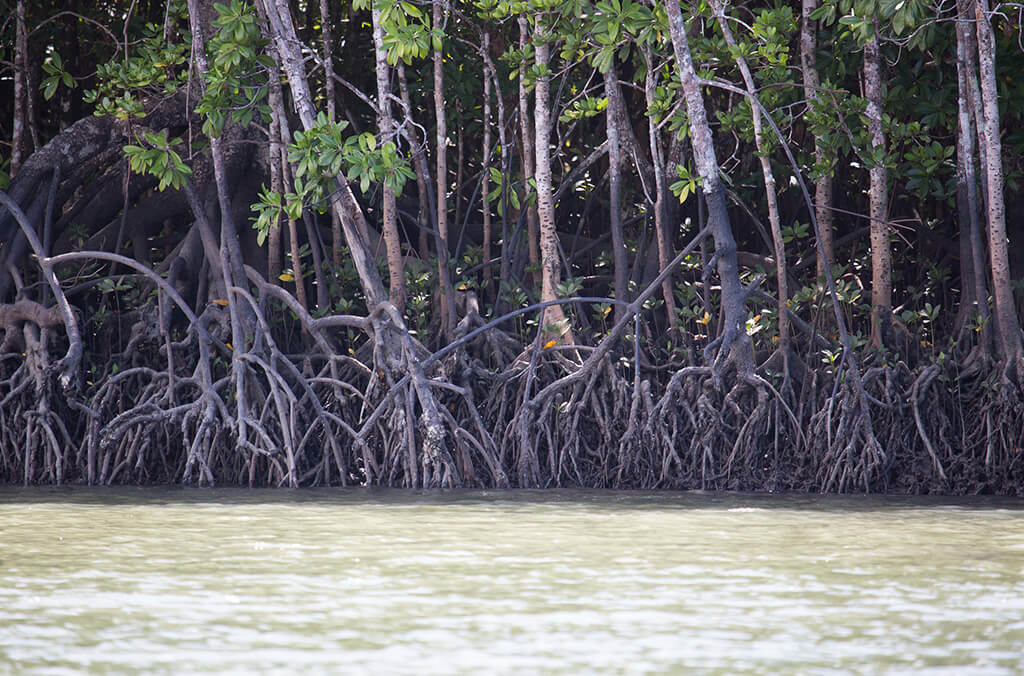
Wetlands like mangroves are ten times more effective at taking carbon dioxide out of the atmosphere than tropical rainforests. Flickr: Jeaneem
A feedback loop
"The wonderful news about wetlands and their ability to store carbon is that their efficiency, amazingly, increases with sea level rise," said Professor Sainitlan.
"There are many climate change drivers that surprisingly improve their ability at taking carbon dioxide out of the atmosphere."
As sea levels rise, plants need to keep pace to survive. They take carbon dioxide out of the atmosphere, using it to build their root systems and thereby increasing elevation, literally pulling themselves up vertically by their bootstraps, so to speak, tracking the rising sea level.
In the Caribbean, mangrove peats measure all the way down to 13 metres below surface. These mighty forests have kept pace with sea levels over thousands of years, with enormous densities of organic carbon trapped inside.
"Wetlands can not only survive sea level rise, but the elevated levels of carbon dioxide and increasing temperatures can enhance their capacity to capture and store carbon dioxide."
"We just need to let them thrive."
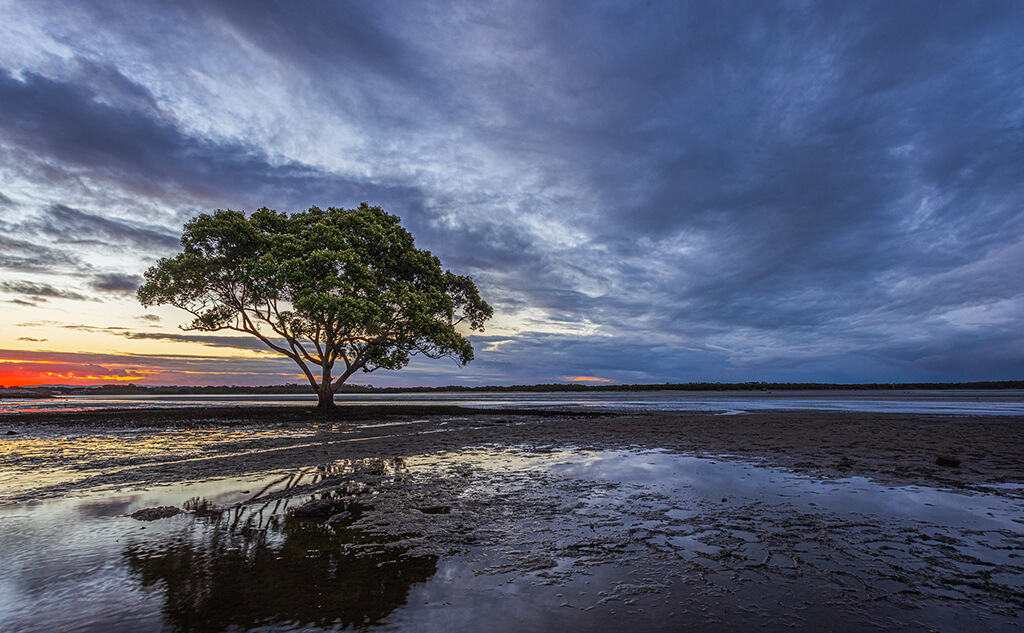
Wetlands can survive sea level rise and it can enhance their capacity to capture and store carbon dioxide. Credit: Flickr/Craig Gibson.
Keeping up with the carbon
Going back around 10,000 years ago, the rate of sea level rises was higher than it is today due to the last glacial period. The rate at which these wetlands are building that organic soil, it’s almost double the rate of current sea level rise.
"However, there is a point at which they can only keep up," warned Professor Neil Santilan.
"Once the climate reaches over 2°C of warming, which is predicted by the end of the century, it’s territory wetlands cannot keep pace with. It is the tipping point in which they become a source of emissions, rather than a sink."
It’s another vital reason to keep warming below 2°C. But these ecosystems will help us do exactly that, if we manage them properly.
One way we have been making things immeasurably worse for ourselves is draining them. It’s been common practice over thousands of years to put ditches through wetlands. This lets oxygen in, which is the enemy of organic carbon preservation.
Oxygen will break it down and the ocean’s carbon dioxide will be released back into the atmosphere.
In many places around the world, mangrove forests are cleared. The mud is piled up on walls to create aquaculture ponds and in doing so we release thousand tons of carbon per hectare, half of that going back into the atmosphere.
"We need to keep the water there. We need to keep these natural hydrology systems in place. If we restore them, we can reinstate these natural these blue carbon ecosystems and help reduce the impacts of climate change," - Professor Neil Saintilan
Around the world, private companies are queuing up to pay for the restoration of these ecosystems to ensure their carbon credits. If we can make this a part of our solutions to combating an increasingly warming climate, there is endless potential to staying below 2°C.
Related stories
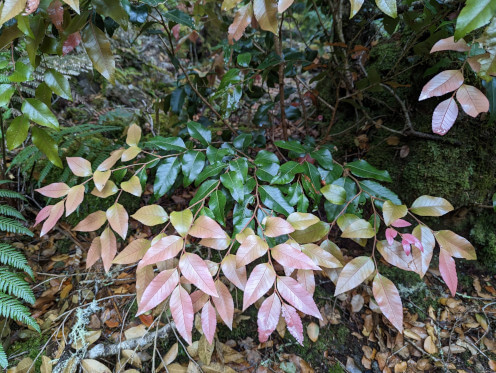
For the team at the Research Centre for Ecosystem Resilience (ReCER), a request from the Blue Mountains Botanic Garden to design a hedge of the towering Nothofagus moorei, or Antarctic beech, sparked a unique collaboration between science and horticulture.
In the lower Hunter Valley, a new nature reserve named Tiraki – Wonnarua for ironbark – has become a sanctuary for one of Australia’s rarest plants.

In this new episode of What the Flora!? discover why this world-first global ‘Tree of Life’ study is a new milestone in understanding the evolutionary history of flowering plants.